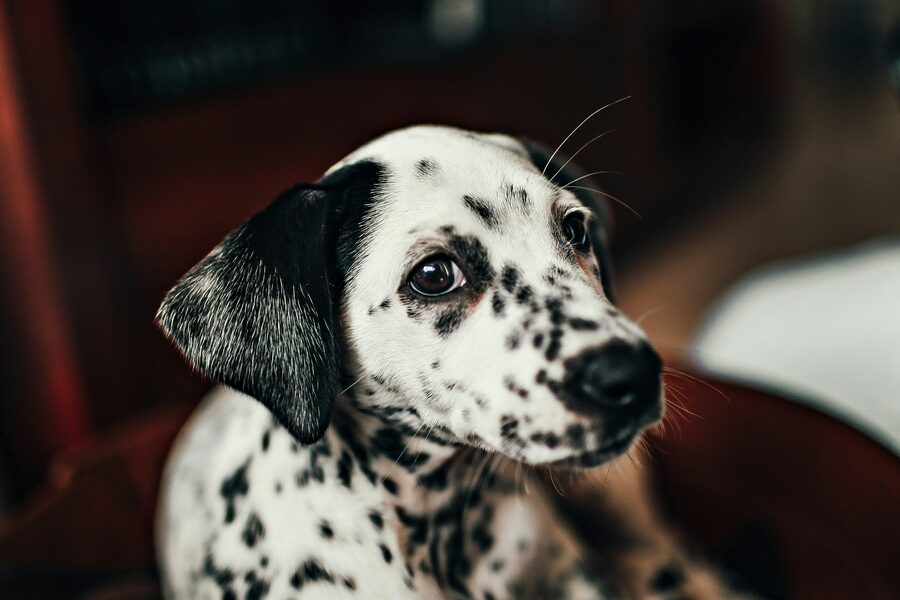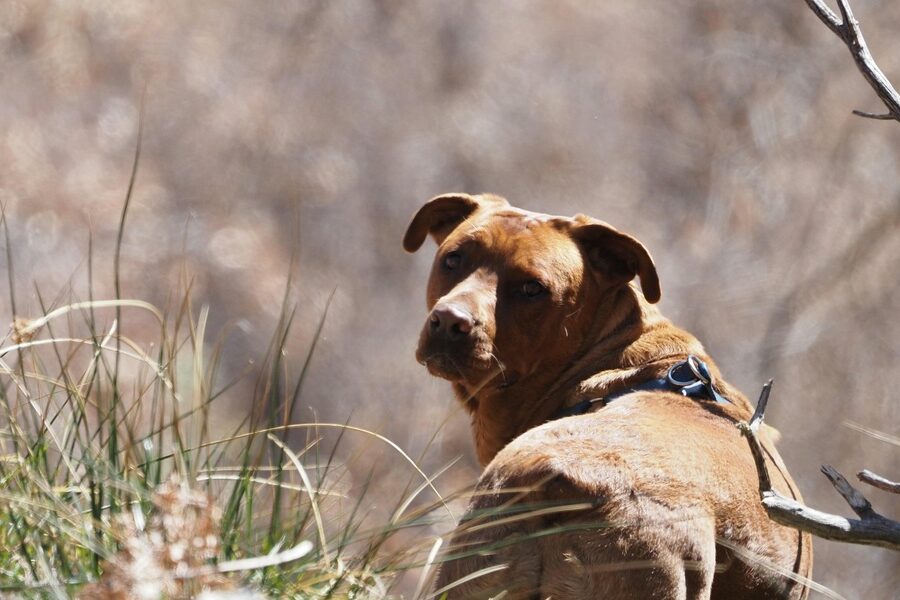Dog face shapes represent a key way to describe how breeds differ in skull proportions, snout length, and overall head profile. These differences range from very short, pushed-in muzzles to long, narrow noses and include many intermediate forms. Face shape affects more than appearance: it influences breathing, vision, scenting range, dental arrangement, and suitability for specific working roles. Recognizing these patterns helps owners, breeders, and veterinarians understand breed needs and anticipate common health or care considerations.
Context
The diversity of canine skull shapes is the product of thousands of years of domestication and selective breeding. Domestic dogs (Canis familiaris) were shaped from wolf ancestors into forms suited to hunting, herding, guarding, companionship and more. Over centuries, breeders selected for traits such as a short muzzle for a compact companion dog or a long nose for scenting and speed, producing clear morphological groups. Today, skull type is an important category in veterinary medicine and breed standards. Veterinarians routinely assess skull shape when evaluating respiratory function, dental alignment and anesthesia risk; animal scientists and geneticists study these traits to learn how genes and development produce such variation.
Scope and coverage
This collection of dog breeds organized by face shape examines the main skull categories and the kinds of breeds typically associated with each. Coverage focuses on the three broadly used skull types—short-nosed, medium-proportioned and long-nosed—and explains how those shapes relate to common health issues, working roles and everyday care. The material highlights representative breeds, practical implications for owners and the biological reasons behind the differences, without promising exhaustive listings or breed-by-breed medical advice.
Little-known facts about dog face shapes:
- Canine skulls are commonly grouped into three types: brachycephalic (short-nosed), mesaticephalic (medium-proportioned) and dolichocephalic (long-nosed).
- Brachycephalic breeds such as pugs and bulldogs are prone to breathing and heat-regulation issues; veterinarians use the term brachycephalic obstructive airway syndrome (BOAS) to describe related respiratory problems.
- Dolichocephalic breeds like greyhounds and borzois have elongated skulls that complement streamlined bodies; greyhounds can reach speeds up to about 45 mph.
- Mesaticephalic skulls are common among versatile working and companion dogs, including labrador retrievers and beagles, and are often treated as a neutral baseline for bite and jaw alignment.
- Variation in face shape is a clear example of how selective breeding reshaped dog morphology from their wolf ancestors over millennia.
- Veterinary care plans often consider face shape—dental care, airway evaluations and certain surgical or anesthetic approaches are adjusted based on skull type.





